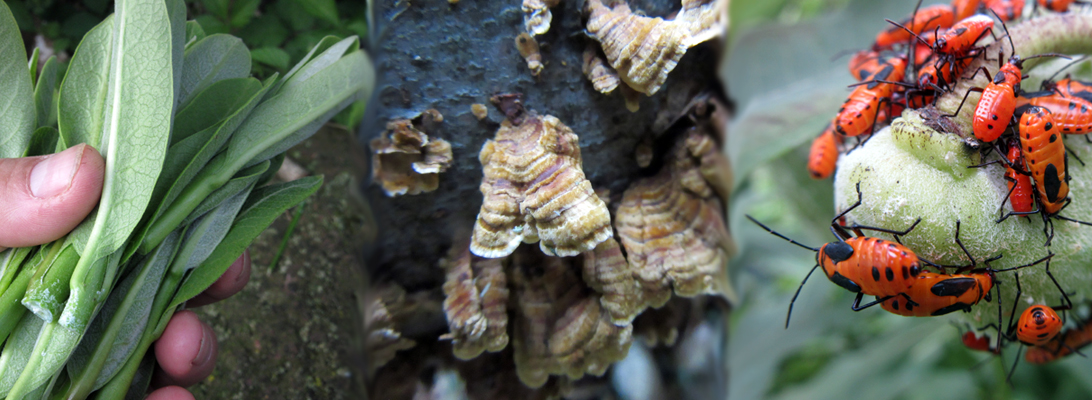Enduring Seeds by Gary Paul Nabhan, University of Arizona Press 2002.
I just finished reading this, and had to review it. I got this from the library thinking that I might be able to glean some good information from it. I ended up reading it cover to cover, and more importantly it has really helped to expand my understanding of indigenous land management.
Nabhan refuses to see the world in simplistic terms, and does an excellent job of advancing the case that traditional land-based cultures and their agricultural practices are vital to both the future of agriculture as well as the health of the planet. He critiques many of our current attitudes as well as showing the great value of wild plants and indigenous crops, while avoiding black and white answers to the problems we face.
Each chapter weaves together compelling stories of the author’s experiences with different cultures and crops, with many fascinating details and complex traditional land management concepts.
I was particularly interested in the idea put forward that not only are small scale indigenous farmers more knowledgeable about the ecosystems that they live in than large scale commercial farmers, but maybe also many hunter-gatherers. The farmers do have to have long unbroken agricultural traditions and still rely partially on hunting and gathering for this to be true.
I strongly recommend Enduring Seeds to anyone interested in wild plants, indigenous cultures, ecology, plant breeding, or heirloom crops. another good read.
Thanks for reading,
Nate













